Sights of the city of saki
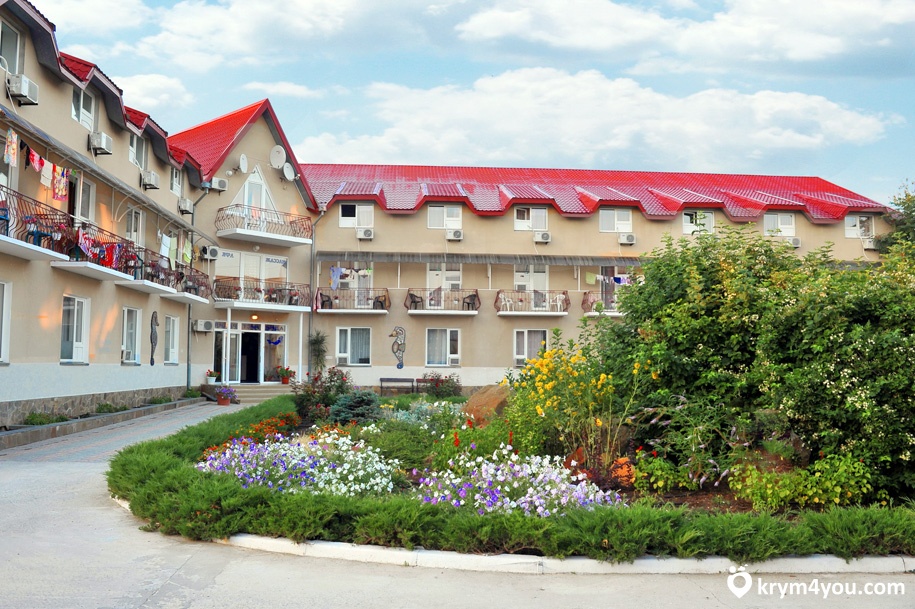
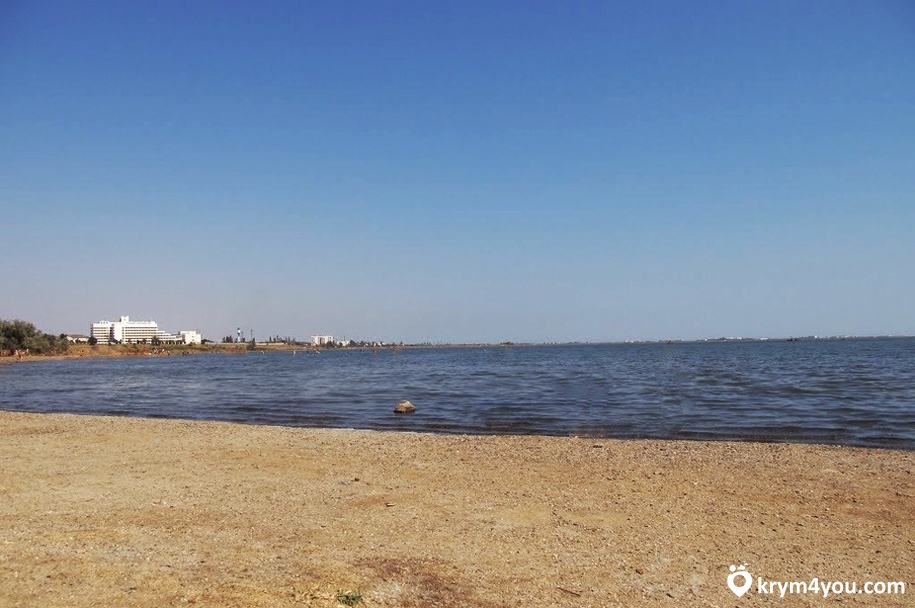
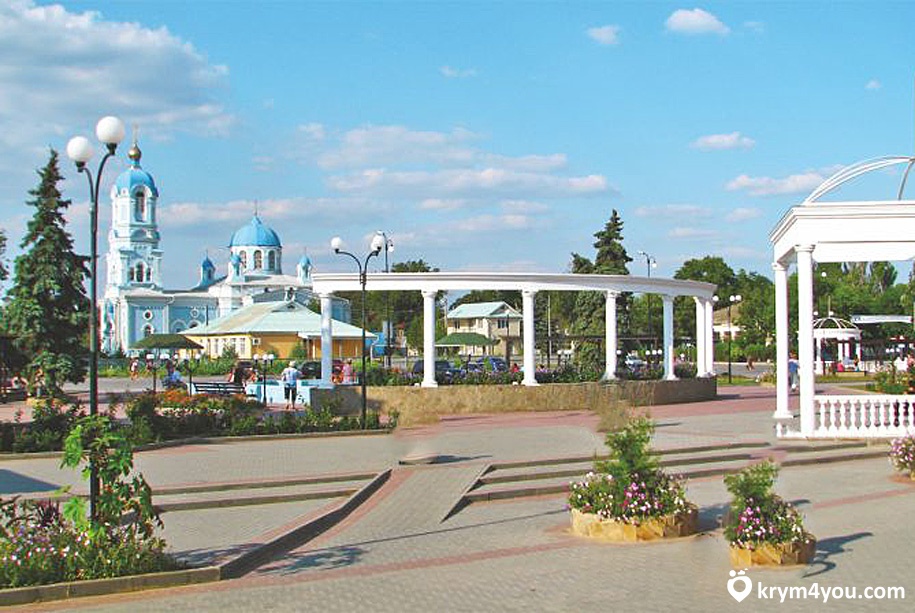
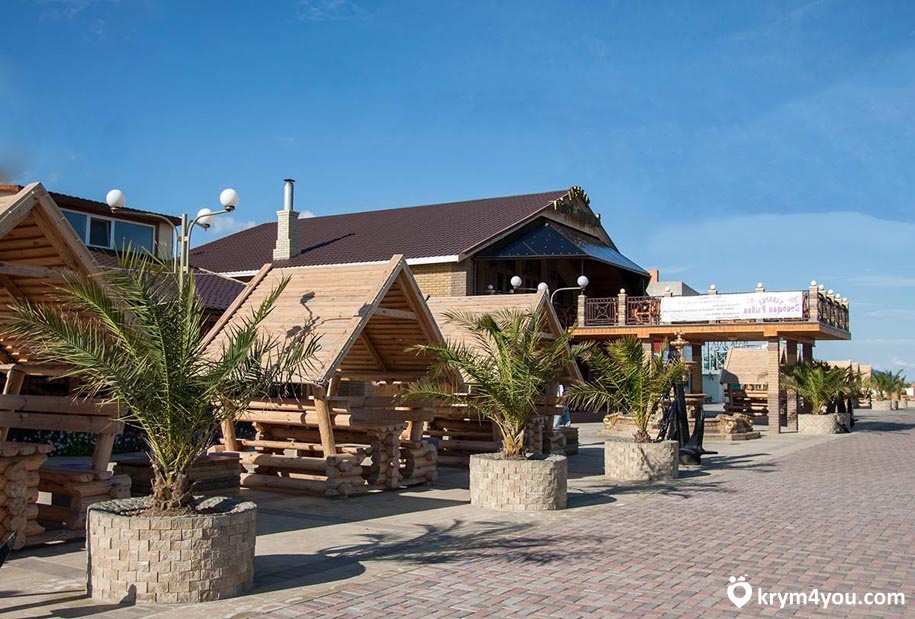
Sights of the city of Saki
Saki is a small town, even on the scale of Crimea, which, however, does not deprive it of its own merits and advantages. It received its historical name from the Scythians who lived in the Crimea. The Persians called them "Saks".
Unlike all other coastal cities of the peninsula, this one is located not on the coast of the sea, but on the lake, which is called Saki. To say it's salty is an understatement. The lake is so salty that you can easily pickle cucumbers and tomatoes in it. However, the main advantage of the lake lies at its bottom - these are unique mineral muds. No wonder Saki is considered the oldest balneological resort, one of the main mud baths in the country.

Properties of Saka mud have been known since ancient times. Details of the history can be found in the world's only Saki mud cure museum. Here you will find many interesting stories. For example, about a chumak who got stuck with a loaded wagon in the middle of an estuary. All night the peasant trampled knee-deep in the mud, rescuing the luggage. By morning, he succeeded, and at the same time, the long-term pain in his legs disappeared. In addition to the Dead Sea mud, there are Moinak and Saki muds, which are both closer and cheaper, and surpass them in medicinal properties.
Sights of the city of Saki, description.
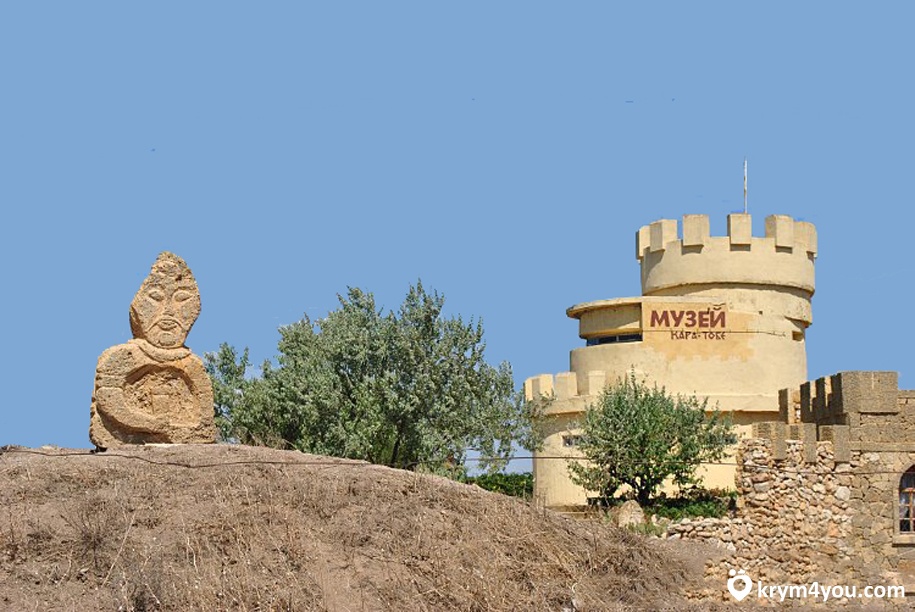
Another attraction of the city of Saki is Kara-Tobe. This is an ancient Greek-Scythian settlement. Both Greeks and Scythians lived on its territory. Kara-Tobe in literal translation from the Turkic language means black hill. Greeks lived here in the 4th century BC. They were attracted here by the fertility of the local lands. Agriculture was the main occupation. They grew grain and sold it to Chersonese. And from Chersonesus, this grain was sold throughout the ancient world.
In the 3rd century BC, the Scythians settled near Chersonese. The thousand-year history of the Scythians suggests that they roamed and fought all the time. The Scythians saw the fertile lands of the Greeks and decided to recapture them. However, the Greeks enlisted the support of the Turks and at the first battle they defeated the Scythians. Then the fortress was built.

First excavations were held here in 1934. They were led by the Soviet archaeologist Shultz. However, when the war began, the excavations stopped and resumed in 1983. During archaeological excavations, fragments of an inscription in ancient Greek were found.
The dimensions of the central defensive fortress of the tower are 12.5 × 12.5 meters, the height was approximately 8 meters. However, nowadays only stone ruins can be observed. The Greeks built the fortress from blocks, consisting of different materials. The dimensions of the fortress walls were approximately 100 × 100 meters.
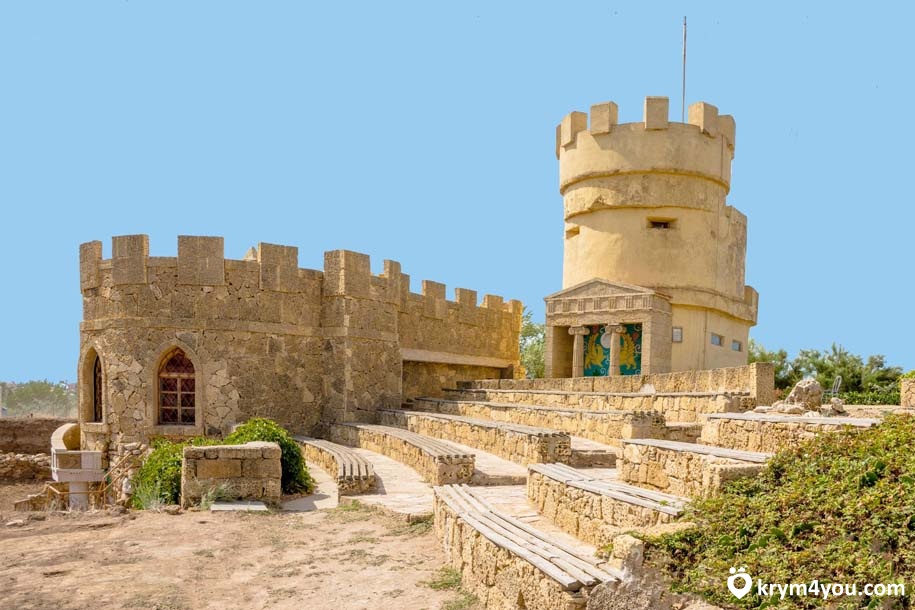
After 50 years, the Scythians still managed to conquer this fortress with the territories adjacent to it. There is practically nothing left of the buildings of the Scythians, since they preferred to build houses from clay. They stored grain and other products in earthen pits, 2-3 meters deep, which were closed with stone or clay lids.
A typical Scythian estate consisted of a patio and two rooms: one for living, the other for livestock. The roof was covered with reeds and sprinkled with earth.
By the beginning of the 2nd century AD, the Scythians left Kara-Tobe, since during the attack on the settlement, almost all houses with things and livestock were burned.
To date, archaeologists have managed to unearth only 8% of the ancient Greek-Scythian settlement in 20 years.
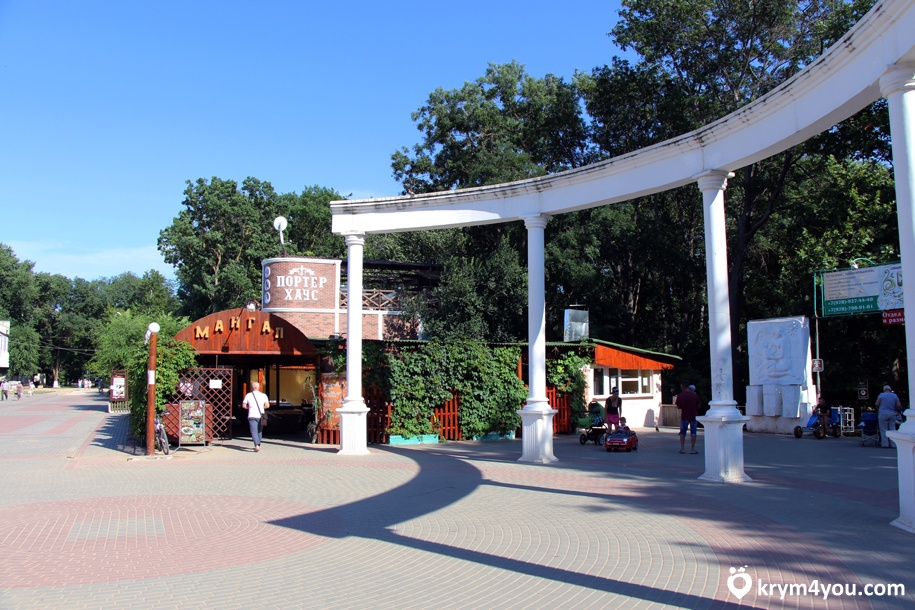
The attraction of the city of Saki is also the Resort Park, which will hide you on a hot day and allow you to enjoy the aromas of more than 80 types of trees. Planting of the park began in 1890. In the park you can find streams, a gazebo and small ponds. Some trees are centennial. Not far from the park there are monuments to Gogol N.V. and Lesia Ukrainka. The monuments were erected on the occasion of repeated visits by these poets to the city of Saki for the purpose of recovery.
